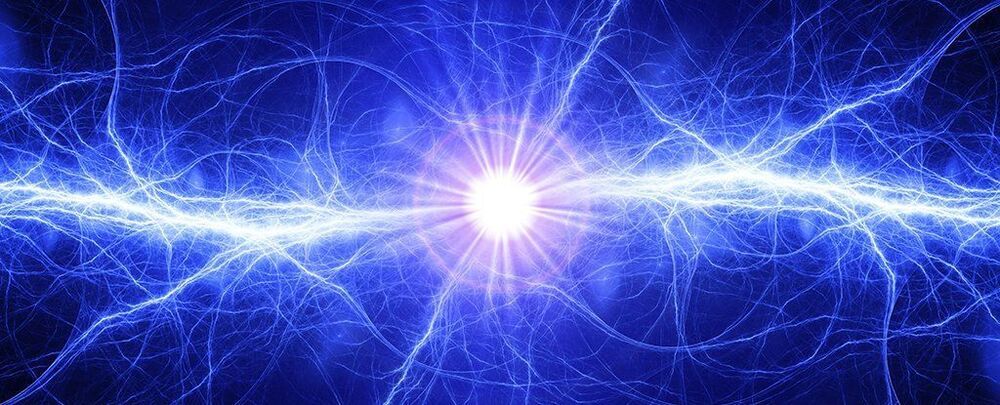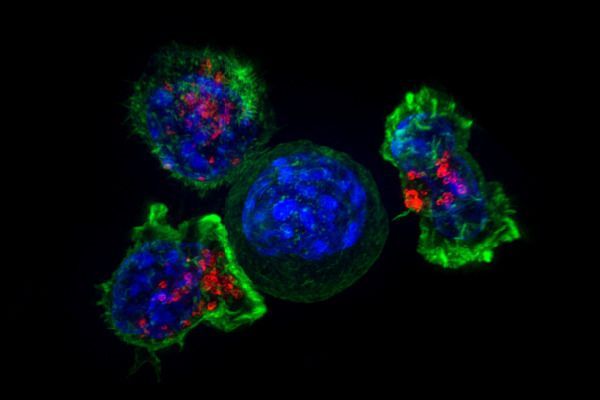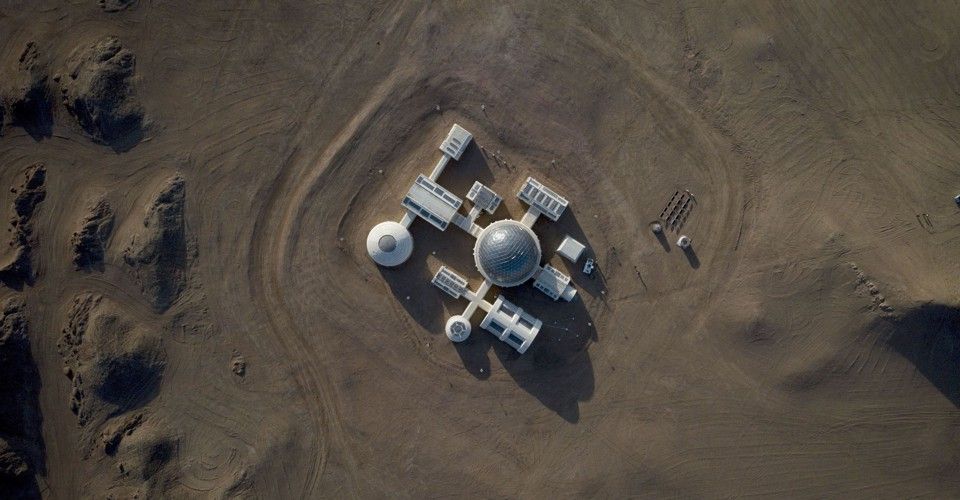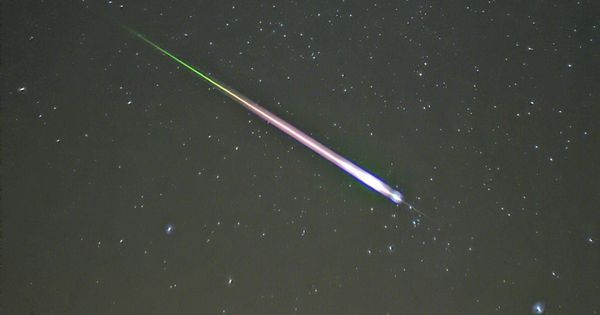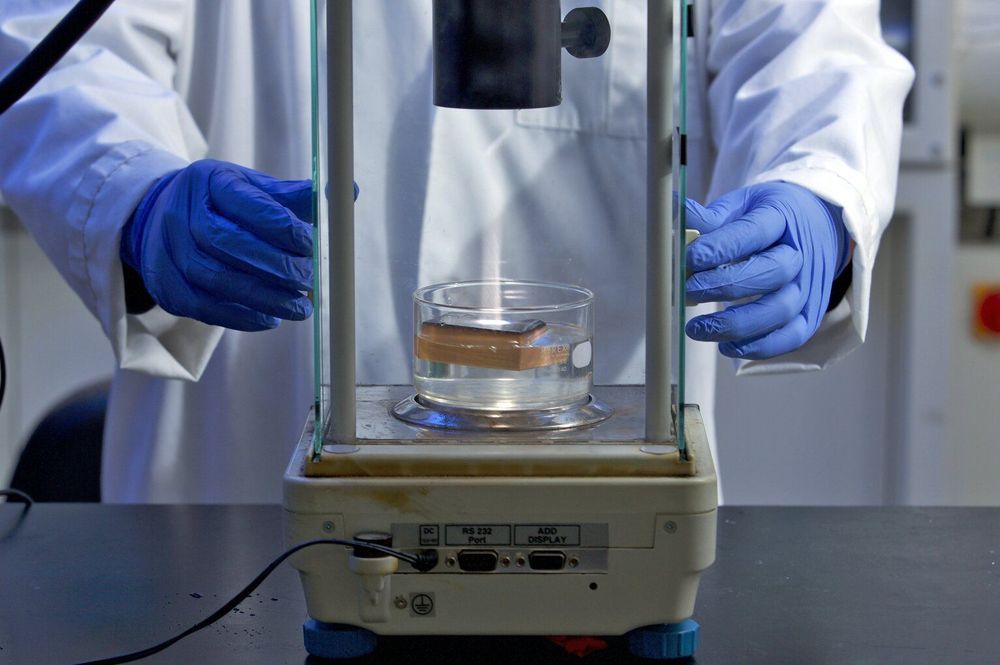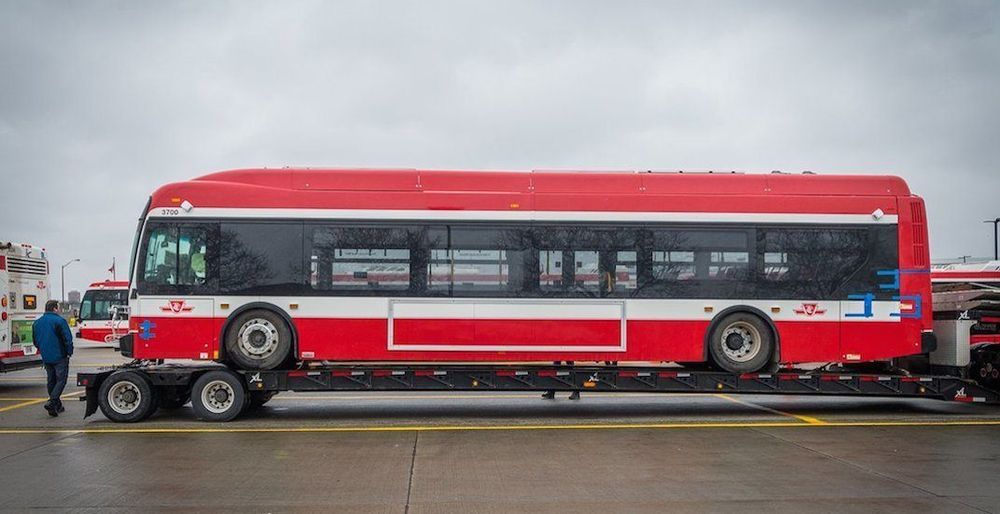When it comes to the kinds of technology needed to contain a sun, there are currently just two horses in the race. Neither is what you’d call ‘petite’.
An earlier form of fusion technology that barely made it out of the starting blocks has just overcome a serious hurdle. It’s got a long way to catch up, but given its potential cost and versatility, a table-sized fusion device like this is worth watching out for.
While many have long given up on an early form of plasma confinement called the Z-pinch as a feasible way to generate power, researchers at the University of Washington in the US have continued to look for a way to overcome its shortcomings.
